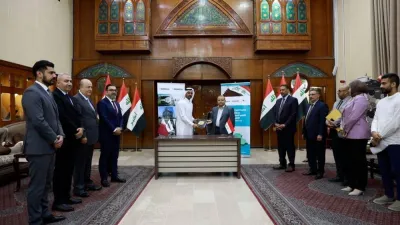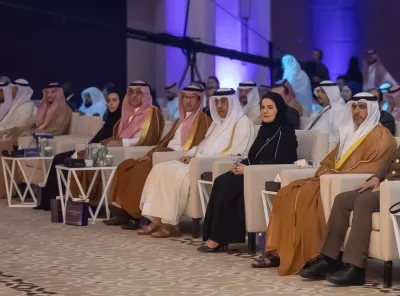Diversifying government revenue beyond hydrocarbons, although challenging, will enhance Qatar’s economy and create a thriving investment environment in the country.
Persistent drop in crude price remains a major challenge for all oil producers, both Opec members and non-Opec nations. Oil producers with well-diversified economies will be hit only marginally, whereas others are ought to face rough weather during the low price regime.
Qatar has a resilient oil and gas sector due to the country’s leading position in the LNG market and new gas sector developments.
Substantial government investments in improving the country’s basic infrastructure and developing other sectors such as health, education, transport and tourism will help the non-oil and gas sector outpace hydrocarbons.
Qatar’s target is to get an “AAA” credit rating clearly in view of its growing economic strength and expansion of the non-oil GDP portfolio.
The country’s non-hydrocarbon sector is expected to continue growing strongly following an 18% average annual growth rate between 2008 and 2013, a recent PwC report showed.
The non-hydrocarbon sector will receive further impetus with Qatar earmarking $182bn for project implementation over the next five years, of which $27.4bn will have been utilised in the current fiscal, QNB data show.
Qatar’s projected population growth, resilient oil and gas sector, non-energy sector growth and stable inflation should help the country’s real GDP growth maintain the desired momentum in the short to medium term. And many economists believe Qatar is one of the “best placed” GCC countries to weather the current fall in oil prices.
But Qatar will have to further strengthen its macro-fiscal capabilities to steer clear of the dark clouds in the global economic horizon.
To meet the nation’s non-hydrocarbon financing goal, a larger non-hydrocarbon revenue base is required. Increased governmental expenditure and growth in governmental services are key to the diversification efforts of the Qatari government.
Experts have recommended speeding up the process of deepening Qatar’s capital markets and sources of funding; expanding the government’s revenue base; and managing government expenditure efficiently.
One of the prerequisites for an effective monetary policy, they say, is a deep and liquid local capital market and active sovereign debt market.
Qatar’s equity market is the third largest by market capitalisation in the GCC and has attracted more trading volumes following its graduation into the emerging countries group by MSCI in May 2014.
However, the number of equities listed on the stock exchange is low at 43 with only one IPO in the last four years, suggesting a scope for further growth, PwC points out.
It is suggested that Qatar Central Bank accelerate the deepening of capital markets and develop its liquidity framework to increase the potency of monetary policy and combat the threat of potentially rising and volatile inflation.
These measures will help Qatar to achieve the most sought-after AAA credit rating, develop a business environment attractive to private and international investors, diversify the economy and ensure prudent management of governmental expenditure.



